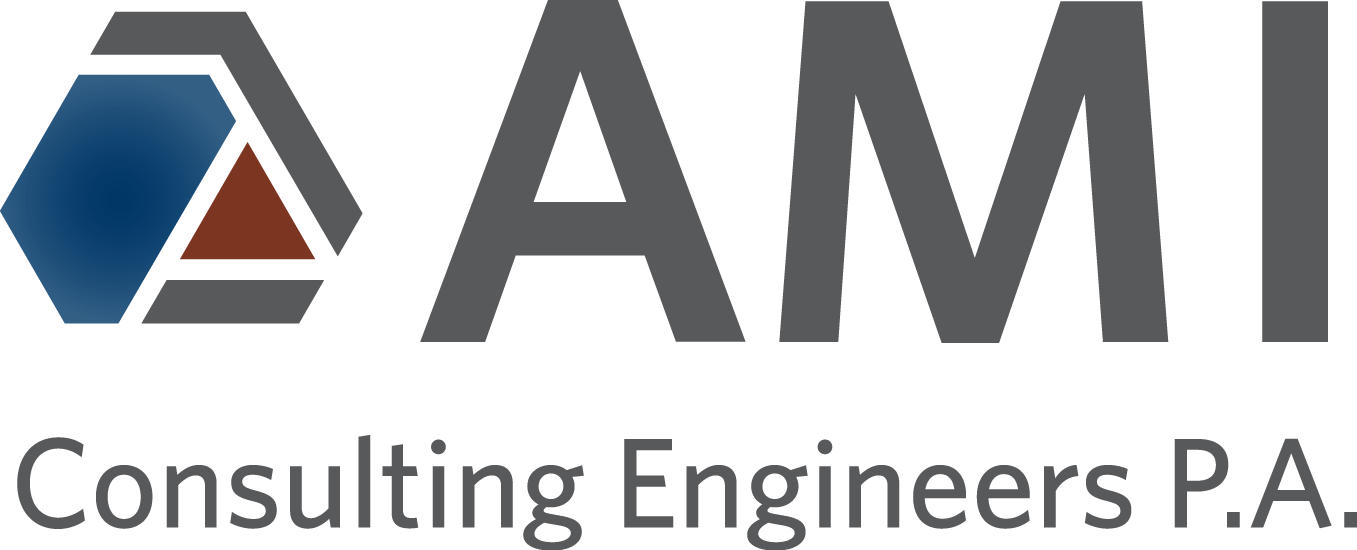
PRESERVE CANAL RESTORATION
AMI provided coastal and civil engineering services as as the engineer of record to restore 12.76 miles of canals in the Preserve unit of this National Historical Park and Preserve.
Canals were originally constructed to support oil exploration and extraction but are no longer used for such purpose. AMI evaluated 16.5 miles of canals within the preserve and through value engineering, selected 12.76 miles for degradation. The project aims to restore hydrologic connectivity that the canal spoilbanks are inhibiting. Connectivity will be restored through full and partial degradation of the existing spoilbanks as part of large-scale wetland and coastline restoration efforts in the state of Louisiana.
Wildlife conservation and protection was a paramount issue considered during design. Protected and endangered species were identified as well as other wildlife that inhabit the preserve around the project. Design elements and construction restrictions were evaluated and implemented to address wildlife protection.
In consideration of potential impacts to navigation and recreation, check meanders will be installed at select canal intersections to prevent drifting of degraded material, including soil and trees, while still allowing for water exchange and aquatic life passage. Improved hydrologic connectivity will support the natural functions, biological resources, and critical habitats that depend on the complex hydrology systems in the park, including the wetlands, which are among the most biologically productive ecosystems in North America.
KEY PERSONNEL
Chad Scott, PE
Principal
Zachary Morris, PE
Coastal Engineer
Noah Tapper, EIT
Civil Engineer






